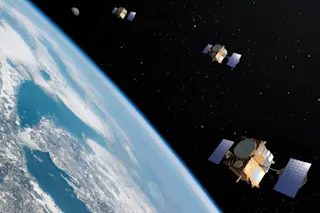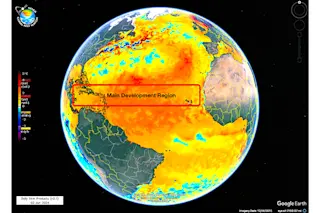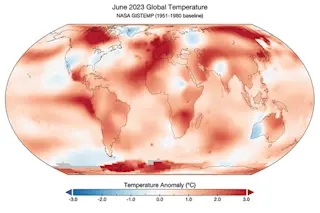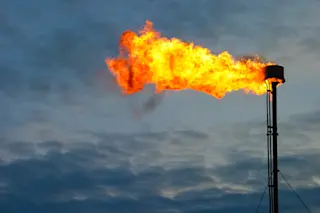Bathymetry of Shatsky Rise showing the world's largest volcano, Tamu Massif, at its southern end. A shadow basal contour of Mars' Olympus Mons appears in the lower right corner of the image for comparison. Image credit: Willam Sager, University of Houston. There's big and then there's big. And then there's Tamu Massif. A single enormous volcano under the northwestern Pacific Ocean has been found to be the largest on Earth and a rival in size to Mars' Olympus Mons, the biggest known volcano in the solar system, according to findings published today in Nature Geoscience. Tamu Massif, the oldest seamount in a formation known as the Shatsky Rise, is about the size of the British Isles. Researchers used seismic profiles and core samples to determine that Tamu Massif, rising from the ocean floor between Japan and Hawaii, is a massive basaltic shield volcano. The seamount formed about 145 million years ...
Enormous Pacific Volcano Rivals Solar System's Largest
Tamu Massif, the largest volcano on Earth, rivals Olympus Mons in size, featuring massive lava flows and an expansive basaltic shield.
More on Discover
Stay Curious
SubscribeTo The Magazine
Save up to 40% off the cover price when you subscribe to Discover magazine.
Subscribe












